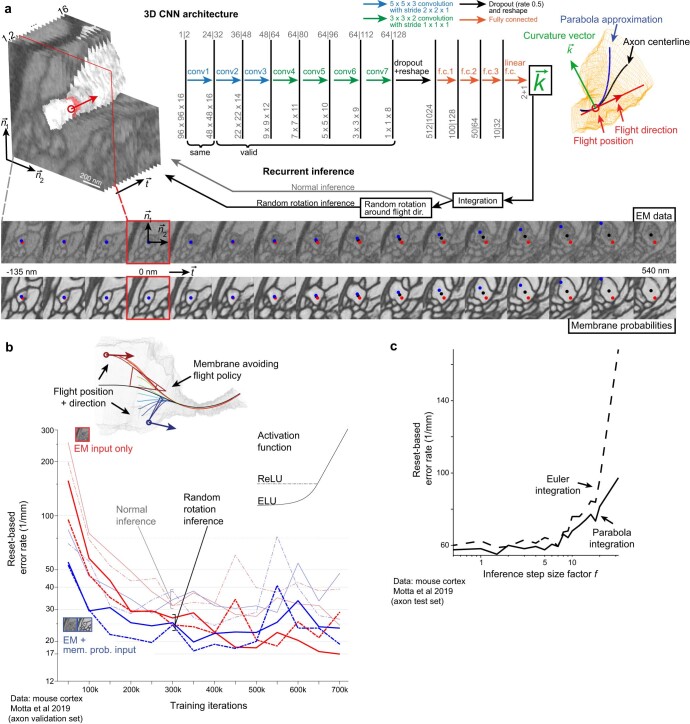Extended Data Fig. 1. Automated flight reconstruction.
(a) 3D Convolutional neural network architecture variants processing projections of neurite-aligned subvolumes of EM input data and making predictions about neurite continuation in terms of a curvature vector; EM data from Motta et al.1. This curvature vector is representative of a parabola approximation to the neurite centerline and can be integrated during recurrent inference to yield the next position and orientation and thereby the next subvolume to be processed. Performing random rotations around the flight direction during inference can be considered zero-cost test time augmentation that allows to decorrelate subsequent inputs with respect to the orientation. The sequence of visited points during recurrent inference represents a skeleton reconstruction of the neurite. (b) Training iterations using a membrane avoiding flight policy for off-center and off-direction inputs and comparing ReLU and ELU activation functions66,67, as well as EM only input versus EM and membrane probability maps as input. EM data was used for predicting neurite continuation. Random rotation inference mode as depicted in (a) was used. (c) Reset-based evaluation of RoboEM for different step size factors f on the test set axons from the mouse cortext dataset1. (f = 1.5).

